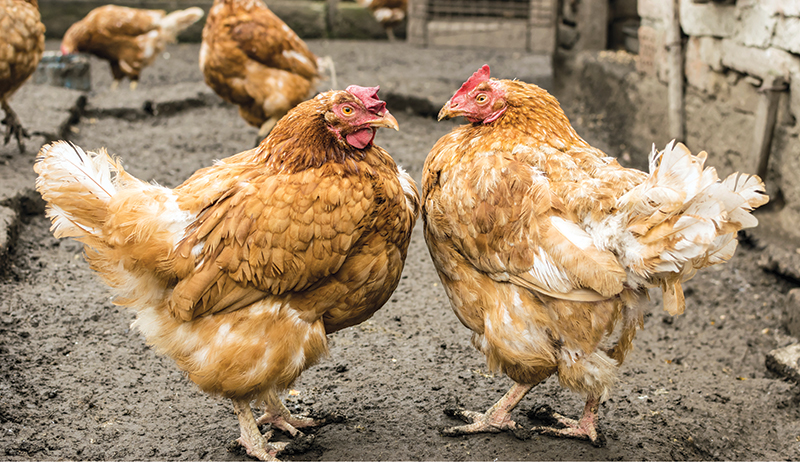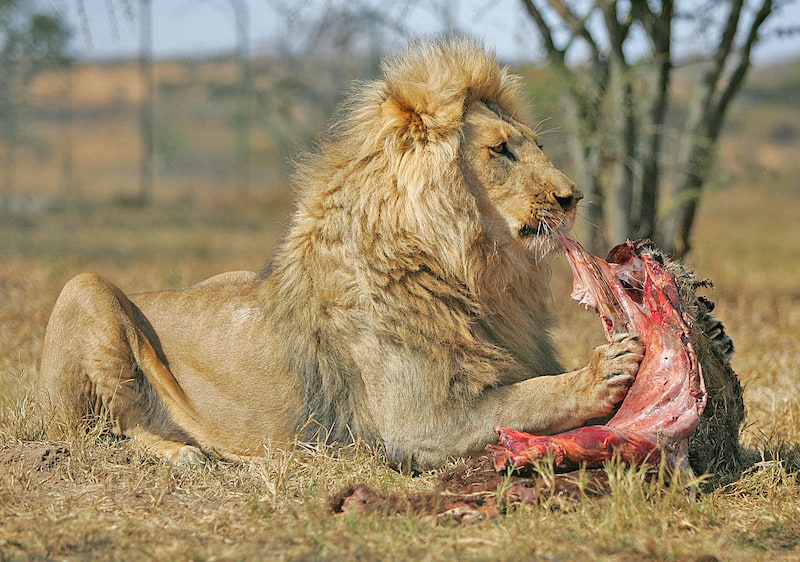Have you ever wondered why some people have more ability to influence other people’s behavior than others?
It is due to an uneven social system where some people wield more social power while others don’t.
This is a kind of social interaction where some people can produce conformity from others even if they resist them. Examples can be seen between bosses and employees, parents and children, etc.
Power can be of various kinds such as reward power, expert power, referent power, legitimate power, or coercive power.
Coercive power is a kind of power that comes from one’s ability to punish others. This means that if you possess this power, you are in a position to produce a negative outcome for another person. An example is when a teacher punishes a student for failing to do homework.
Coercive power differs from persuasion because it relies on force or threats for producing compliance.
Coercive power can be uncomfortable for both the recipient of the negative outcome as well as the person dispensing the punishment.
It can generate a sour relationship and deterioration of trust between the parties. However, others enjoy this coercive power, especially as a means of pleasing the ego.
This kind of power has meaning only if the other person believes that you are able and willing to act on a threat.
For example, if somebody makes a threat which he cannot follow through with, his power is eroded and the other person loses his fear of him.
Here are 8 coercive power examples in everyday life.
1. Boss threatening employees

An employer can influence an employee through various coercive power bases such as threats of sacking, demotion, or suspension.
This coercive power is usually meant to get compliance and instill discipline.
However, it can also be used corruptly for personal goals such as sexual harassment or silencing a potential whistleblower.
2. Husband and wife

Husbands can assert coercive power in various ways which can be legitimate and illegitimate.
This can include threatening to use physical force, aggression, or violence.
It can also include threatening desertion or divorce which can leave wives vulnerable especially if they are dependent on the husband.
Wives can also exercise coercive power, especially if they are financially better endowed than the husband and are controlling the household finances.
3. Parent and child

Parental responsibilities and care usually come with the need to use coercive power and get compliance from wayward children. It can include scolding, rebuke, withdrawal of privileges, or denial of food or parental love. It can also include threatening to cut them off their inheritance.
4. Superpower Country over Inferior Country

Countries don’t all hold equal power even though they are represented as having equal rights under the UN charter!
For example, a superpower country can bully an inferior country to comply with its wishes or else suffer bad consequences.
This can be in the form of economic or trade sanctions, embargoes, or military strikes.
5. Pecking order among chickens

Have you ever seen a bigger chicken assert its authority among its fellow chicken?
It usually happens when the chicken, usually a cock or bigger chicken pecks at the other.
This frightens off the other chicken which comply by staying out of the way of the cock or bigger chicken.
6. Black Bear protecting its young

How do mother bears protect their cubs when males want to kill them in order to mate with them and pass their own DNA?
Black bears make a menacing scene by stamping their feet on the ground, blowing sharply, and huffing away.
It’s all empty bluster because the bear is scared. But it’s a convincing show that males believe it and keep off.
Brown bears use a curious approach. They use people as a human shield by taking their cubs close to human beings.
In this case, they are using humans as a means of coercive power to stave off the males.
Grizzly bears can also stand upright like a wall to scare off wolves that want to grab their cubs.
7. Lion claiming first rights in feeding

Lionesses in a pride family often do the hard work of hunting prey which can be risky.
However, when it comes to feeding, the lion steps in, forcing the lionesses aside to wait for him to have his fill first.
By applying force to assert his authority in his family the lion is using coercive power
8. Blackmail

Blackmail can be a very effective tool to induce fear and get obedience from the blackmailed person.
This is the threat to expose certain embarrassing secrets about a person unless he does some favor.
For example, a person with information (e.g., photographs or video evidence) about a husband’s marital infidelity may extract favors from the man such as money to buy his silence
Conclusion
Coercive power can seem oppressive but it can get things done.
Even in the underworld, this logic has caught on with the infamous Al Capone suggesting you can get more done with a smile backed with a gun!

